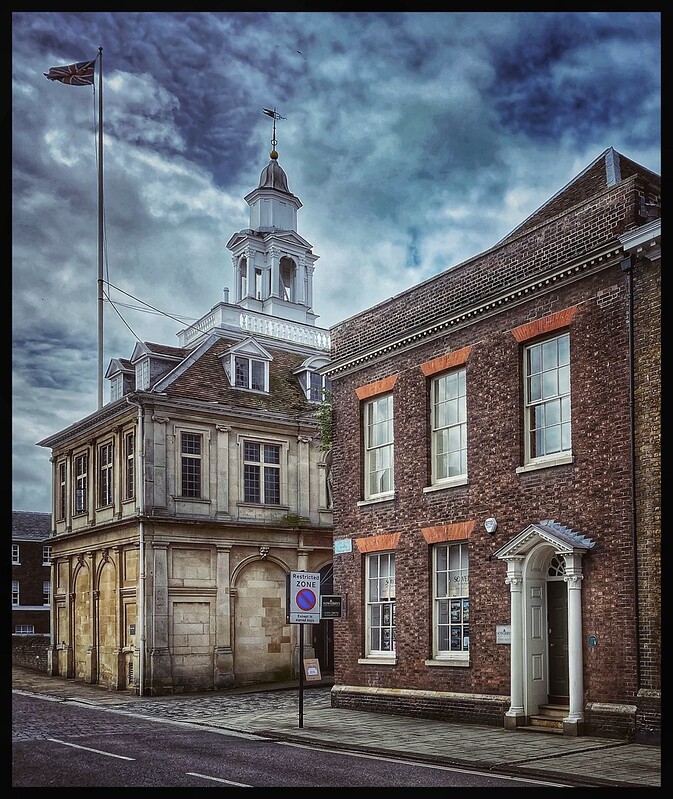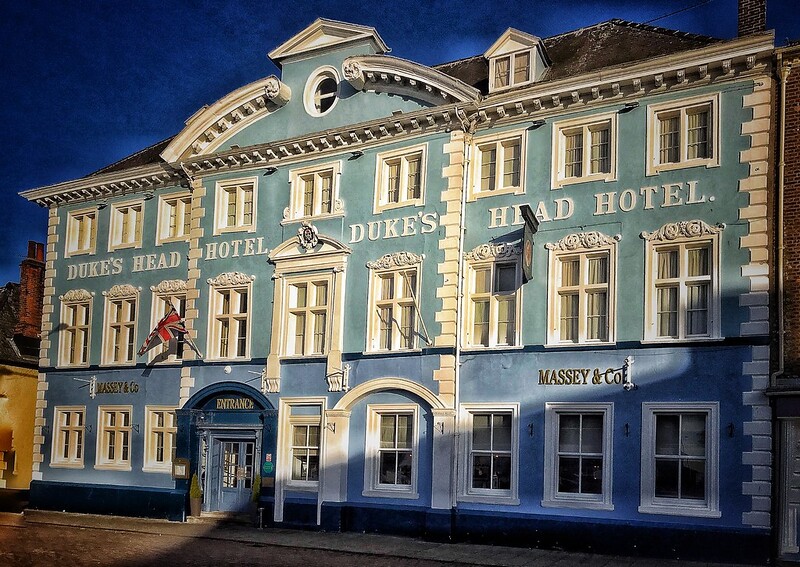Introduction
Unfortunately, we are not able to be a fly on the wall when we might want to be. And there are many, many occasions in history where interesting things were taking place, but only the relatively few people in the room at the time actually knew how the conversation went.
Dramatists have always used “poetic licence” to imagine the thoughts and words (let alone events) surrounding historical figures. As a result, there are often glaring inaccuracies. You would be unwise to learn your history from Shakespeare’s plays.
I know that all the conversations between members of the Royal Family in the Netflix series “The Crown” are made up. However, some of them feel so close to what we know about the characters and what we imagine they might say, and to the events that followed, that it’s easy to be lulled into thinking the words are real.
I have been fascinated by a hypothetical conversation and series of minor events that took place in 1684 at Windsor Castle between King Charles II and John Turner (MP for King’s Lynn). So, humour me. I am going to imagine the conversation. And I stress, although the meeting took place, the conversation is a complete fabrication.
But First The Background
In 1688 William of Orange would be invited to depose James II and take the English crown. The 1701 agreement settled squarely that any future English monarch should be a Protestant. However, it’s true to say that in the previous two centuries there had been a degree of flux, with sometimes quite jarring shifts of faith depending on who was in charge at the time.
In 1684 people were worried. Charles II (a Roman Catholic) had no surviving heir to succeed him and it looked like his brother the Duke of York (also a Roman Catholic) would gain the throne. Since the ecclesiastical upheavals and the rejection of Rome brought about by Henry VIII, many of the English had settled to being naturally nervous about Roman Catholicism.
In addition to theoretical problems, (How can you serve two masters – King and Pope – both demanding ultimate authority?) there were worrying practical concerns. Although both “faiths” (Roman Catholic and Protestant) were capable of atrocity, perhaps the public had the persecution of Protestants more to the fore in its consciousness.
Queen Mary (“Bloody Mary”) had left a lasting impression on the country in her short reign 1553-1558 where she had tried to restore the country to Catholicism and wasn’t afraid of burning people. The Centenary of the attempted invasion of the Catholic Spanish in 1588 was hanging in the background. The country had witnessed the reign of the two Charles’s who, to varying degrees, had tried to square the circle by nurturing a Catholic faith, by trying to improve the freedom of Roman Catholics, and at the same time by trying not to alarm too many in Parliament.
Charles I went too far and lost his head. Charles II would probably have lost his too if the country had known then about his secret deal with Louis XIV (Secret Treaty of Dover, 1670), whereby Louis paid Charles a regular income in return for support for pro-French and pro-Catholic policies.
And the designated heir, James, the Duke of York, was a Roman Catholic by strong conviction. Between 1679 and 1681 there were three attempts to pass legislation to prevent the Duke of York succeeding to the throne after the death of Charles II. All three attempts failed. Charles II was unhappy with MPs who wanted to keep his brother from the throne.
The Meeting
In 1684 John Turner had to travel to Windsor to surrender King’s Lynn’s corporation charter. (Various corporation charters were meddled with in order to produce a packed parliament in favour of the king.)
King: “Ah Mr Turner. Tell me, how are things in Norfolk? How is the wine trade?” [Turner was a wine merchant by profession.]
Turner: “Things are going very well your majesty. The English have always been very fond of Continental wine …”
King: “Yes. I’m very well acquainted with that. I got used to it when I was in exile because Cromwell and his men were killing my father. The Continental wine was a good solace (sotto voce … as were the women …). So … tell me … I hear you’ve been busy building in King’s Lynn. What have you been up to?”
Turner: “Well your Majesty, I’ve been trying to improve the image of the town. It has needed a bit of re-branding. You know yourself how London has benefitted from a face-lift. That dreadful fire of 1666 in the was awful, but it did mean that a lot of new building could take place and it has transformed the look of the your city. I’ve been employing a local architect, Henry Bell, and we’ve been trying to give my town some buildings to be proud of.”
King: “You haven’t built another church have you?”

Photo © James Rye 2021
Turner: “No your majesty, but I have been building something to facilitate our earthly activities – buildings to celebrate commerce. We now have a fine new Merchant Exchange where traders can stand and chat and test their goods and make their deals under a shelter. And Bell has copied the style from those refined and sophisticated Dutch people who make such elegant buildings. King’s Lynn now has a secular icon.”
King: “Well, that sounds wonderful Mr Turner. Perhaps I might see a drawing of it someday. You must show me at a future date. But you mentioned buildings. What else have you done?”
Turner: “I’m building a new inn where rich merchants visiting the town can stay without feeling uncomfortable or afraid, and without the town having to feel embarrassed about the quality of accommodation on offer. It will offer the best rooms, and the finest ales and fare. It will help put King’s Lynn on the map.”
King: “I commend you Mr Turner. I can see that your investments will honour your hometown as well as bring you appropriate returns.”
Turner: “Thank you your Majesty.”
King: “But Turner, before you return, there is another matter we need to discuss.”
Turner: “Your Majesty?”
King: “You cannot be unaware of the little difficulties I have been having with Parliament … people wanting to interfere with the natural line of succession.”
Turner: “Yes, your Majesty. The subject has taken up many hours of debate.”
King: “I gather that I need to thank you. You have been one of the “abhorrers” … one of those who has opposed the attempts to stop James succeeding.”
Turner: “No need thank me your Majesty. I have just voted according to my convictions about tradition. We can’t let something so important be interfered with because of the delicate consciences of a few MPs. If we allowed that, where would it end?”
King: “I’m so glad that we have seen eye to eye on this. But Turner, what about the future. I’m worried about the next Parliament. I know that you will be elected again, or course, but can I continue to rely on your support? I might need it again in the future as they are bound to keep coming up with schemes to keep James from the throne.”
Turner: “Your Majesty, my loyalty to the Royalist cause is printed in stone and proclaimed to all who visit my constituency.”
King: “What do you mean, ‘loyalty printed in stone’?”

Photo © James Rye 2019
Turner: “I have made sure, your Majesty, that all those who see my buildings will know precisely where I stand. Above the door to the new Merchant Exchange there is a fine statue of yourself, your Majesty. Nobody can doubt my loyalty to you. And I have instructed the builders of the new inn in the fine market square to name it in honour of James, Duke of York. It is to be called the Duke’s Head.”
King: “Thank you Mr Turner. Now, please kneel while I get my sword.”
What We Know For Certain
On 30 June, 1684 Turner entered Windsor Castle as Mr John Turner and left it as Sir John Turner.
Simon Taylor, Lynn’s second MP, also accompanied Turner on the trip to Windsor Castle, and also left with a Knighthood. They clearly agreed to sing from the same hymn sheet.
© James Rye 2022
Sources
https://www.historyofparliamentonline.org/volume/1660-1690/member/turner-john-1632-1712
https://www.historyofparliamentonline.org/volume/1690-1715/member/turner-sir-john-1631-1712

[…] statue of Charles II sits above the door (see Lynn MP’s Netflix Conversation). Figure-heads of Ceres, the Roman Goddess of Corn and of Bacchus the Roman god of wine also […]
[…] See also: Lynn MP’s Netflix Conversation […]